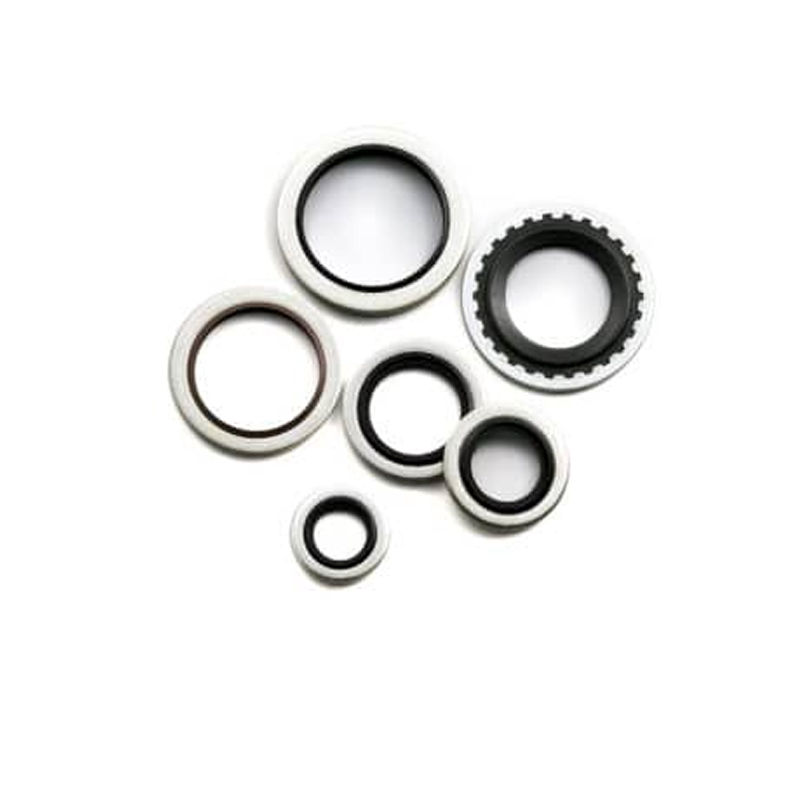engine crankshaft seal
Understanding Engine Crankshaft Seals Importance and Maintenance
The engine crankshaft seal is a vital component in automotive engineering, playing a crucial role in maintaining engine performance and efficiency. As an engine's heart, the crankshaft is responsible for converting the linear motion of the pistons into rotational motion, allowing the vehicle to move. However, this process generates a significant amount of heat and pressure, making it essential to prevent oil and contaminants from leaking out of the engine.
What is a Crankshaft Seal?
A crankshaft seal, often referred to as a main seal or crankshaft oil seal, is a specific type of sealing device that fits around the crankshaft at its entry points to the engine block and the front pulley. Typically made from durable materials like rubber or silicone, these seals are designed to create a tight barrier that holds engine oil in while preventing outside contaminants from intruding into the engine.
Importance of Crankshaft Seals
The primary function of crankshaft seals is to retain engine oil within the crankcase. When the engine operates, the crankshaft rotates at high speeds, leading to considerable pressure fluctuations. If the seal is damaged or worn, oil can escape, resulting in a loss of lubrication and potential engine damage. Additionally, oil leaks can lead to environmental hazards and increased fuel consumption as the engine works harder to maintain performance under low oil conditions.
Moreover, crankshaft seals also help to prevent dirt, dust, and other contaminants from entering the engine. The intrusion of foreign materials can cause abrasion and corrosion, ultimately leading to premature engine wear or failure. Therefore, ensuring the integrity of the crankshaft seal is pivotal for the longevity of an engine.
Signs of a Failing Crankshaft Seal
Recognizing the early signs of a failing crankshaft seal is crucial for avoiding significant repairs. Common indicators include
engine crankshaft seal

1. Oil Leaks Puddles of oil beneath the vehicle are often the most apparent signs. If you notice oil gathering near the crankshaft area, it may indicate a seal failure.
2. Increased Oil Consumption If your engine requires frequent oil top-ups, it could be a symptom of leaking seals.
3. Oil Light Warning A warning light on the dashboard may indicate low oil pressure or levels, often due to oil loss from a failing crankshaft seal.
4. Engine Performance Issues A compromised seal may also lead to problems with engine performance, such as irregular idling or reduced power.
Maintenance and Replacement
Regular maintenance is key to prolonging the lifespan of crankshaft seals. During oil changes, mechanics often check for any signs of wear or leaking seals. If a seal is found to be damaged, it is advisable to replace it as soon as possible.
Replacing a crankshaft seal involves accessing the crankshaft, which may require significant disassembly of engine components. As such, it is best performed by a qualified mechanic to ensure the job is completed correctly and efficiently.
Conclusion
In summary, the crankshaft seal is an essential component of engine health, keeping oil contained and preventing contaminants from causing damage. Regular inspections and timely replacements are critical for maintaining engine performance and increasing the vehicle's lifespan. Owners should remain vigilant about potential signs of failure and address them promptly to avoid costly repairs down the line. The crankshaft seal may be a small part of the engine, but its significance cannot be overstated.
-
The Ultimate Guide to Boat Propeller Bearings and Trailer Wheel Bearings
News Jul.31,2025
-
The Essential Guide to Marine Bearings and Boat Trailer Wheel Bearings
News Jul.31,2025
-
The Complete Guide to Heavy Duty Seals: Protecting Doors and Spaces Efficiently
News Jul.31,2025
-
Essential Guide to Marine Shaft Bearings and Boat Trailer Axle Bearings
News Jul.31,2025
-
Comprehensive Guide to Marine and Trailer Bearings for Safe Boating and Transport
News Jul.31,2025
-
Comprehensive Guide to Automotive Oil Seals: Protecting Your Engine and Shafts
News Jul.31,2025
-
Understanding Automotive Oil Seals: Essential Components for Engine and Shaft Protection
News Jul.30,2025
Products categories















